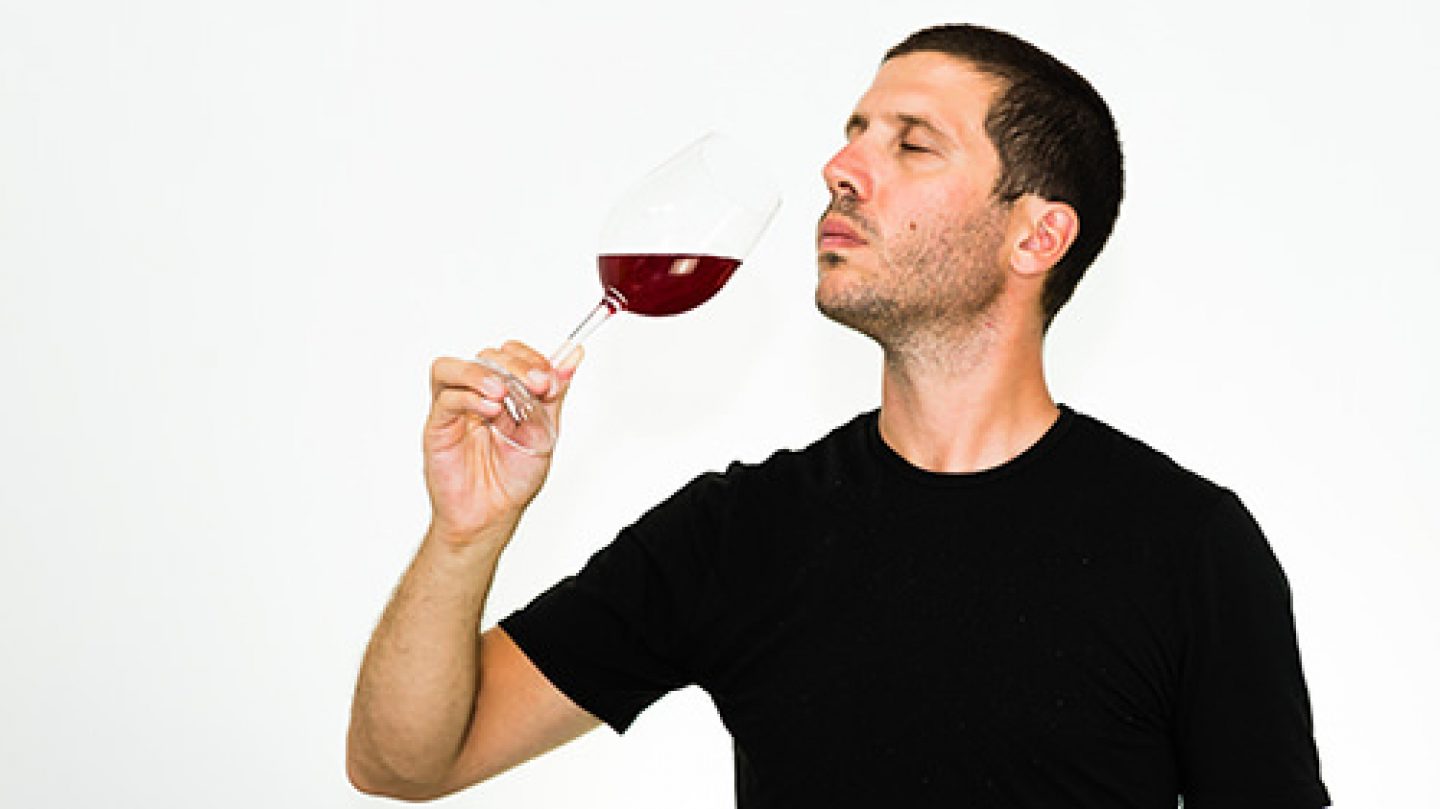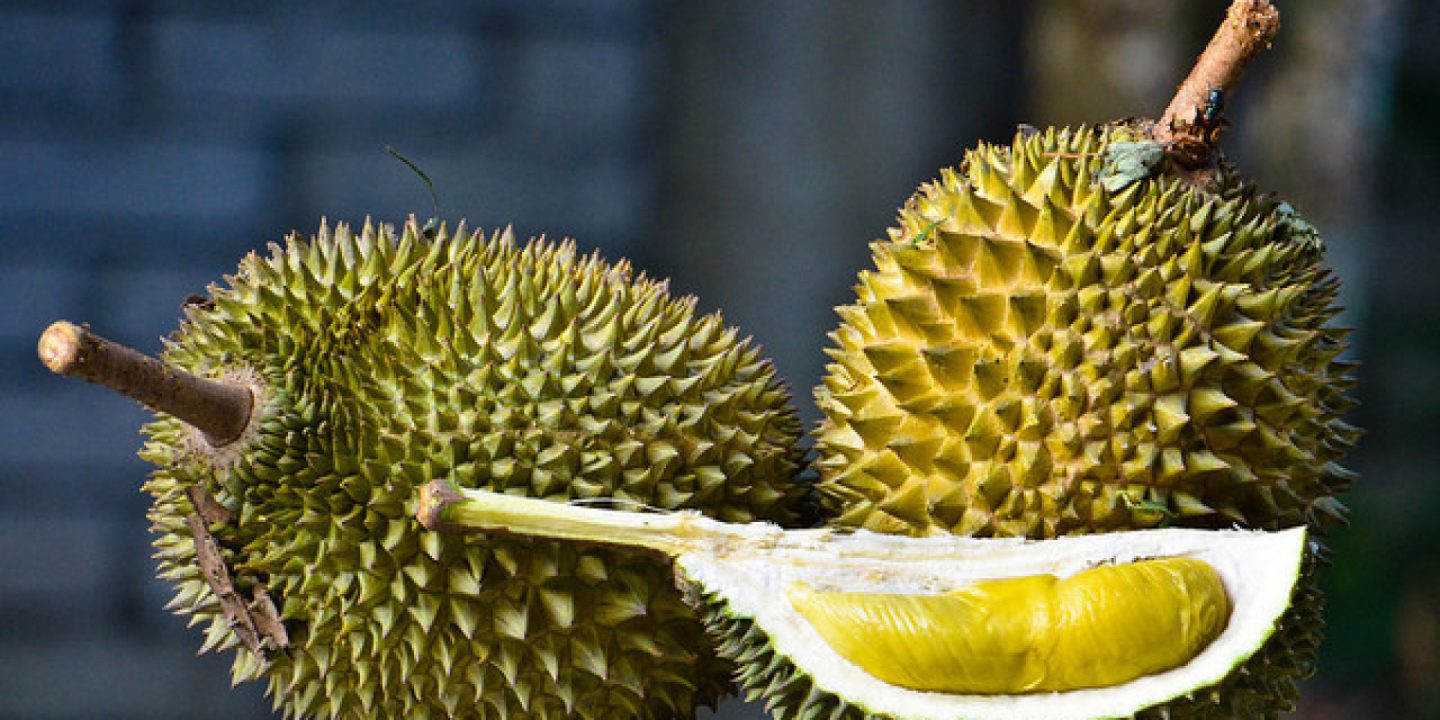Consuming wine is a cohesive, holistic event. The entire process contributes to the overall impression and experience. Color, stemware, temperature, present company, occasion, aromas, food pairings, time of day, mood, flavors, texture; these swirling, interconnected variables converge at a time, in a place, with a person, to make the experience. So why are we trying to suss out the individual aspects of that crazy whirlwind that make it enjoyable (or not)? Is it a party trick? Something we do because we’re supposed to? Nobody looks at a rainbow and exclaims, “look at the beautiful violet undertones.” You just look at the rainbow as one cohesive experience. The whole is greater than the sum of the parts.
Enter the wine marketer. We interject ourselves into the equation by telling you what to do, and how you’re going to do it. If I say, “now this Cabernet has a really nice chocolate note,” there are three potential outcomes that I think are the most likely:
- The power of suggestion is very strong. If I say chocolate, you taste chocolate.
- You don’t taste chocolate. You’ve been eating chocolate for a long time, and this is not that. Since I am speaking from a position of authority, you decide you’re doing something wrong, and slowly nod your head in faux agreement.
- You don’t taste chocolate. You’ve been eating chocolate for a long time, and this is not that. You are suddenly aware that your eyebrow is twitching because you’ve just realized that I must be full of $*%#. You slowly nod your head in faux agreement.
None of these are good outcomes.
There is another good reason for Kiona, specifically, to think about this whole thing a little differently. In addition to growing the high-end grapes that we use in our our winery, we are also growing grapes for more than 50 other winemakers. We are a supplier to our competitors. And we’re presumably making products with the same (or very similar) raw ingredients as a starting point. Are those products going to share some similarities, if presented as a list of flavors? Probably.
Our marketing needs to pass what I call the “copy/paste test.” Simply put, another winery shouldn’t be able to use what we use to market their own product/s. Now, in full disclosure, I am not aware of this ever actually happening, nor am I saying it is an industry practice. But in the end, if we’re all pulling from the same 50 or so words to describe our Cabernet Sauvignon, why even bother? The point of marketing, after all, is differentiation.
I like to break down “wine-talk” into two general categories:
- Outside the Bottle. This category encompasses everything that is interesting about a wine that happens outside the bottle. Vineyards, geography, growing philosophy, winemaking goals, winemaking process, blending process, etc.
- Inside the Bottle. This category encompasses everything that the drinker experiences once the cork is pulled.
We make a concerted effort to talk about the “OtB” aspects of a wine only. This extends up and down our operation, including our website, our tech sheets, our tasting room collateral, our employee training and our general vernacular. In the rare circumstances where we dabble in “ItB” language, it’s almost always in generalities. You might read something along the lines of “fresh black fruit characteristic”, but never “brambly vine-ripened summer blackberries.”



